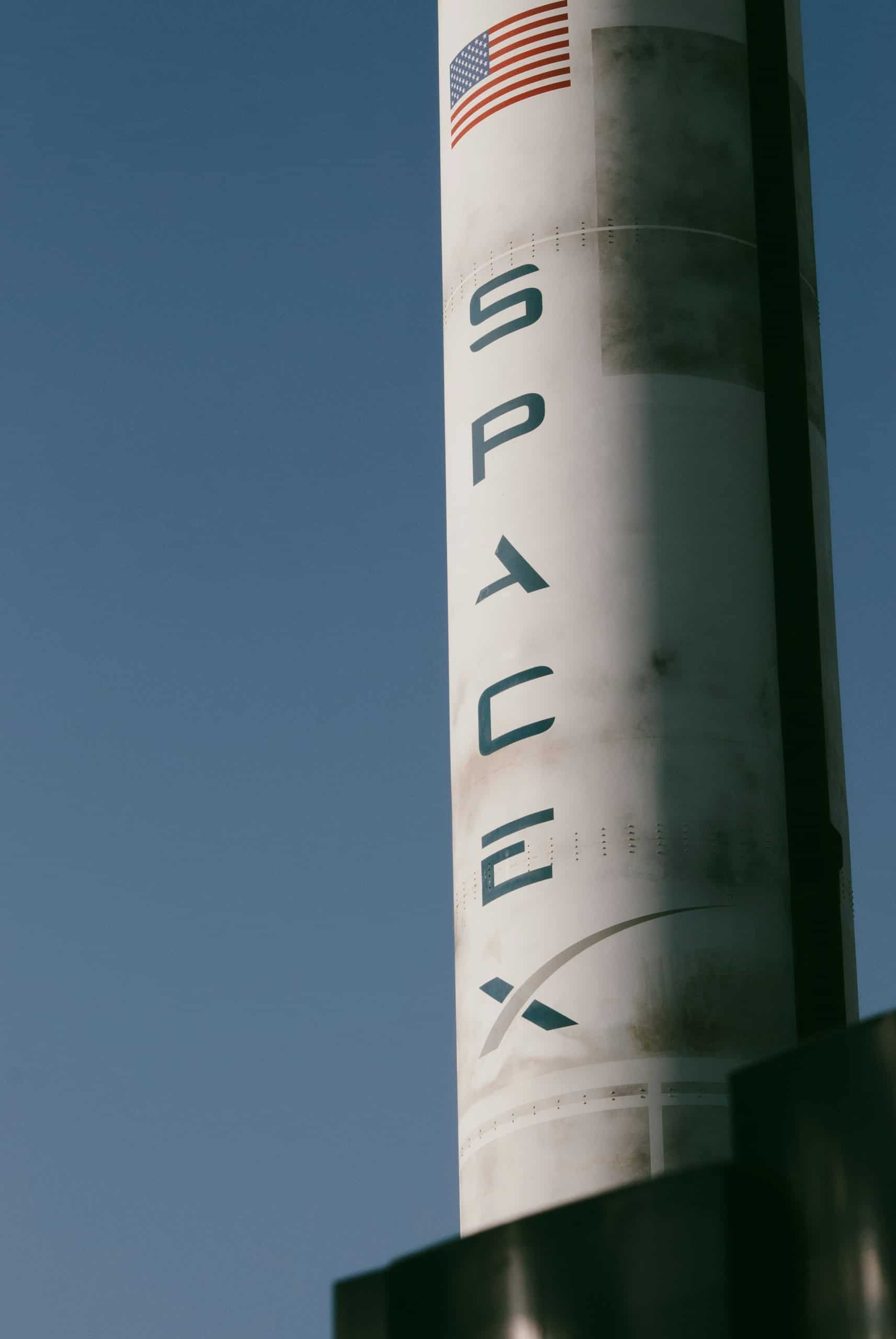At SpaceAutonomy.ai, we’re closely tracking a dramatic shift in global defence strategy: the militarisation of space is no longer hypothetical — it’s actively unfolding. As geopolitical tensions over Taiwan continue to rise, particularly around the year 2027, when U.S. intelligence believes China could be ready to move militarily, space is fast becoming the new frontline.
From Earth to Orbit: Preparing for Conflict Across Domains
Inside U.S. Space Command (SPACECOM) headquarters in Colorado Springs, preparations are underway for a potential war that extends far beyond land and sea — and deep into orbit. The role of satellites in military communications, missile warning, targeting, and drone operations means that space infrastructure would be both critical and vulnerable in any high-end conflict.
Commanders aren’t just theorizing — they’re actively planning for orbital combat scenarios that could involve jamming, satellite pursuit, and kinetic engagements between spacecraft.
Rising Tensions and Armed Platforms
Recent developments are painting a clear picture:
- China is reportedly considering arming its Tiangong space station with defensive drones capable of intercepting or pushing away unknown spacecraft.
- The U.S. continues to launch classified spaceplanes and advanced surveillance satellites, including long-duration orbital missions.
- Russian satellites — like Cosmos-2588 — are reportedly “chasing” U.S. assets in orbit, raising concerns over potential anti-satellite (ASAT) operations.
Last month, General Michael Guetlein of the U.S. Space Force publicly confirmed that American systems had observed five Chinese objects performing coordinated maneuvers in orbit — a possible rehearsal of “orbital dogfighting.”
Meanwhile, China claims its own assets are being shadowed by unidentified spacecraft, prompting public discussion of robotic “grappling drones” to push intruders away.
Taiwan as the Flashpoint
At the center of this new space race lies Taiwan. The 2027 invasion timeline — referenced by both U.S. and Chinese analysts — is driving urgency across the Pentagon. While Indo-Pacific Command would manage operations in the Taiwan Strait, SPACECOM will be on the front line of orbital engagement from the opening moments of any conflict.
As General Stephen Whiting, SPACECOM Commander, puts it: “Our area of responsibility begins 100 km above Earth — and stretches to infinity.”
His team is already in “campaign mode,” coordinating with NATO allies, the UK, Australia, and commercial satellite operators through the Joint Commercial Operations cell to detect and respond to hostile activity in orbit.
Weaponizing the Moon and Beyond
China has deployed a three-satellite constellation in cis-lunar orbit, the region between the Earth and Moon. These platforms are not just for communication — they offer strategic high ground for surveillance, early warning, and possibly even attack on lower-orbit assets.
The U.S. and its allies are ramping up lunar plans too, with robotic exploration, Artemis missions, and ambitions for a permanent presence on the Moon — all increasingly viewed through a defense lens.
The Role of the Private Sector
The involvement of SpaceX, Starlink, and other commercial providers adds further complexity. Military forces rely heavily on commercial launch services and low-Earth-orbit (LEO) communications networks, but recent disputes between Elon Musk and political leadership raise concerns about the reliability of these partnerships in wartime.
Governments are now hedging, shifting sensitive systems to alternatives like OneWeb and expanding redundant communication strategies in case private platforms are compromised or politically withheld.
A Future No Longer Imagined
The era of space warfare has arrived. Whether it’s satellite swarms, robotic grappling drones, or stealthy ASAT maneuvers, the next major conflict may begin — or be decided — in orbit.
As General Whiting warns:
“We’ve never had a war in space. And we don’t want one. But we must be ready.”
S-11
